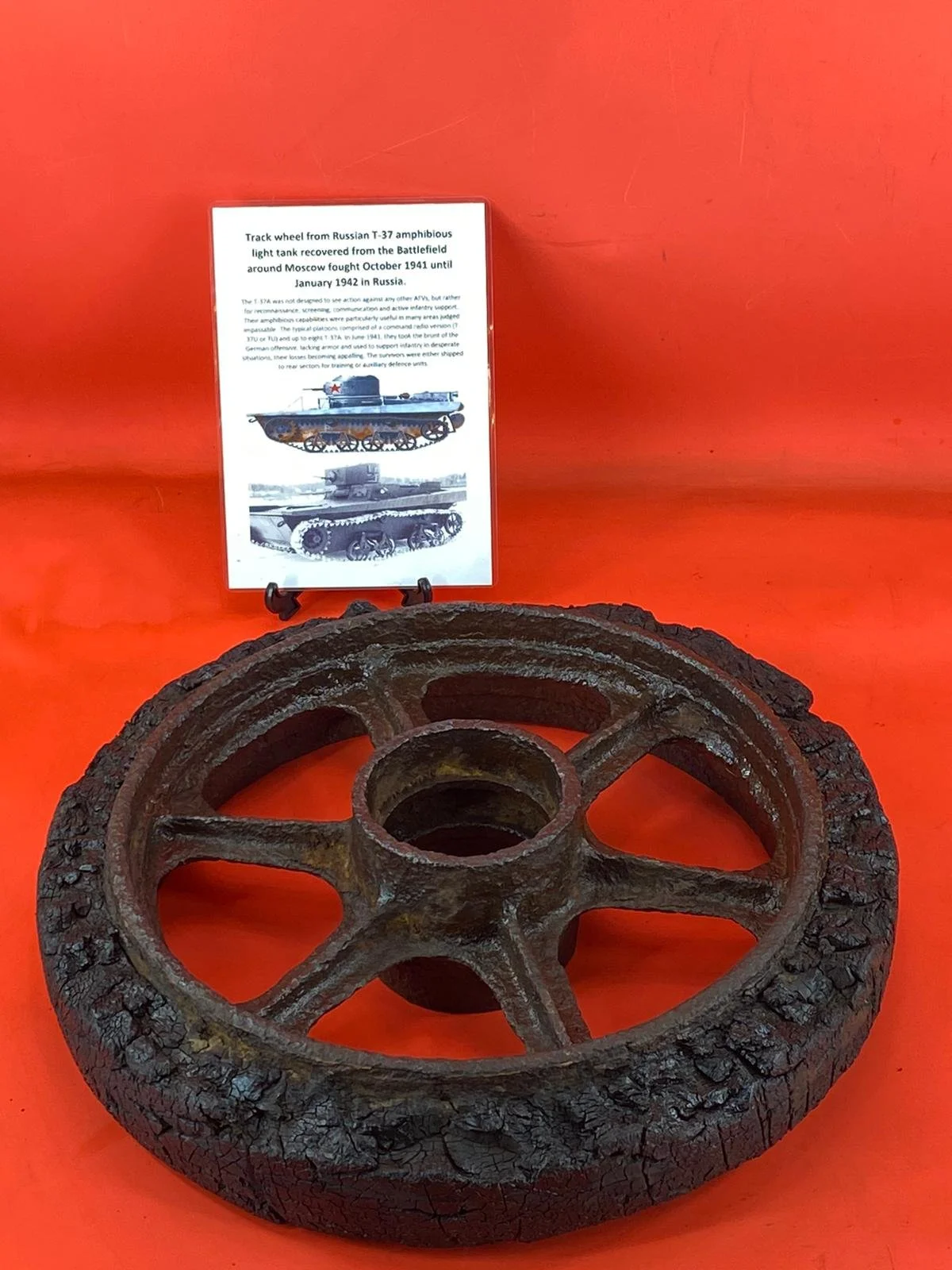 Image 1 of 8
Image 1 of 8

 Image 2 of 8
Image 2 of 8

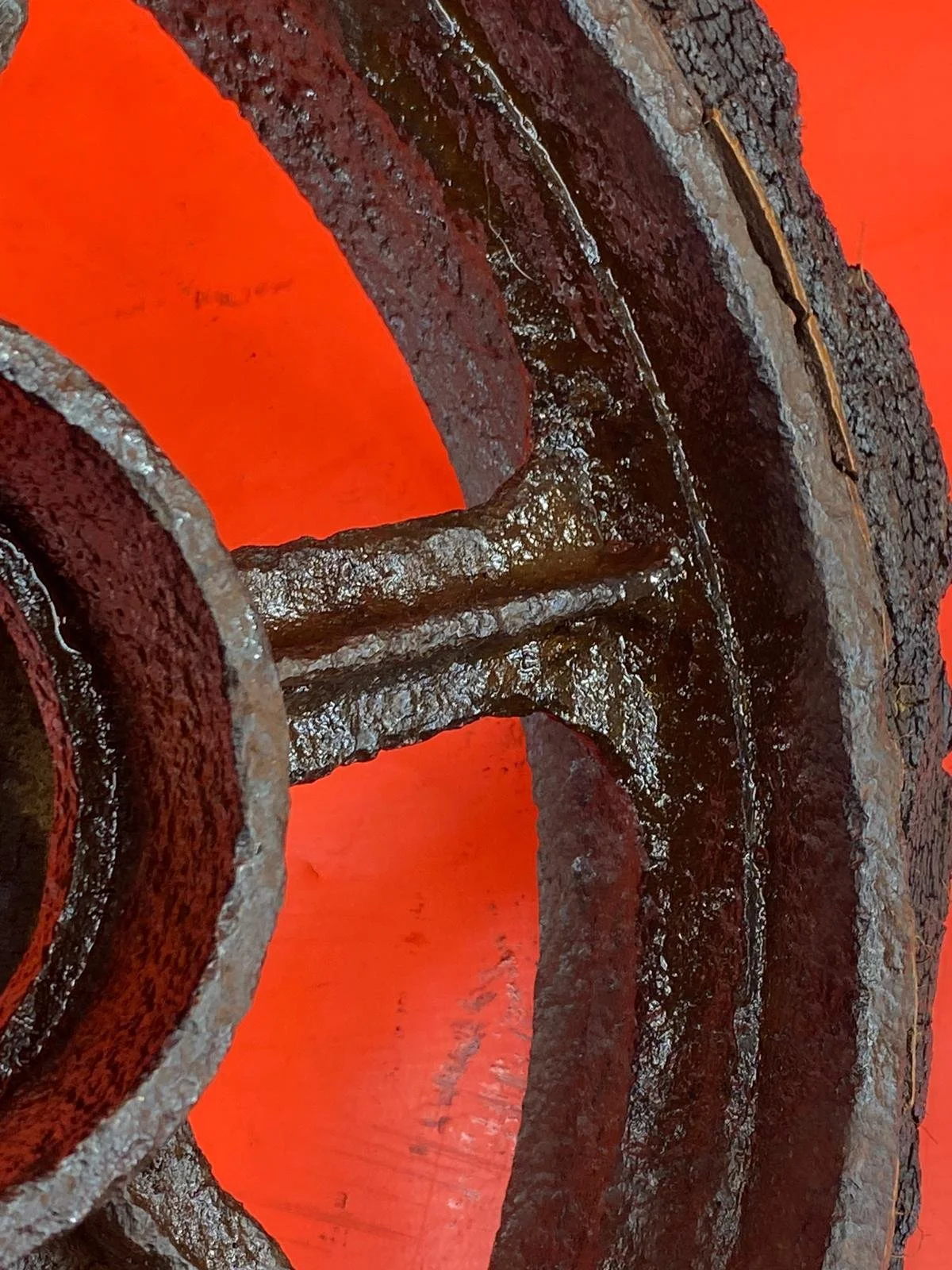 Image 3 of 8
Image 3 of 8

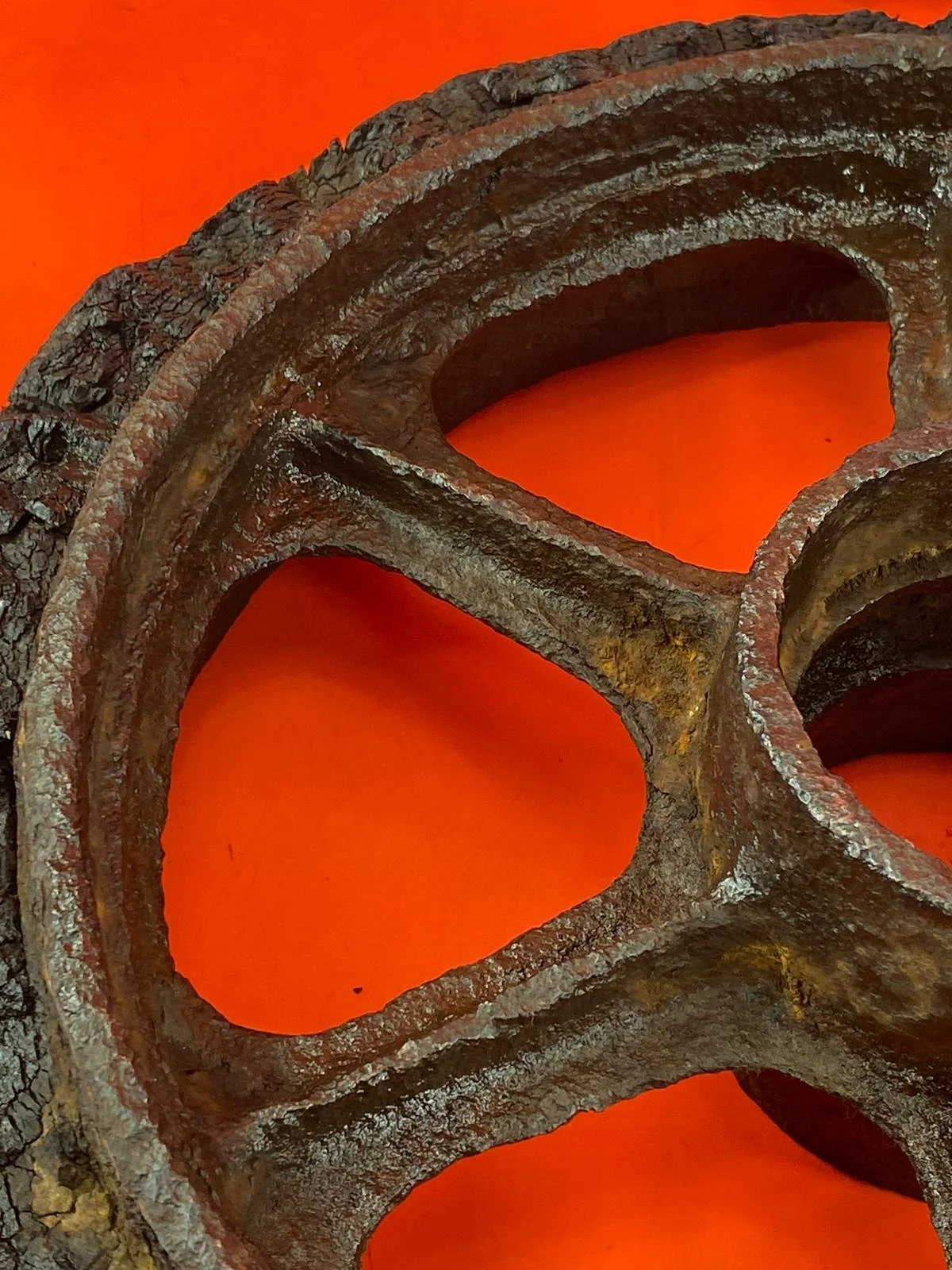 Image 4 of 8
Image 4 of 8

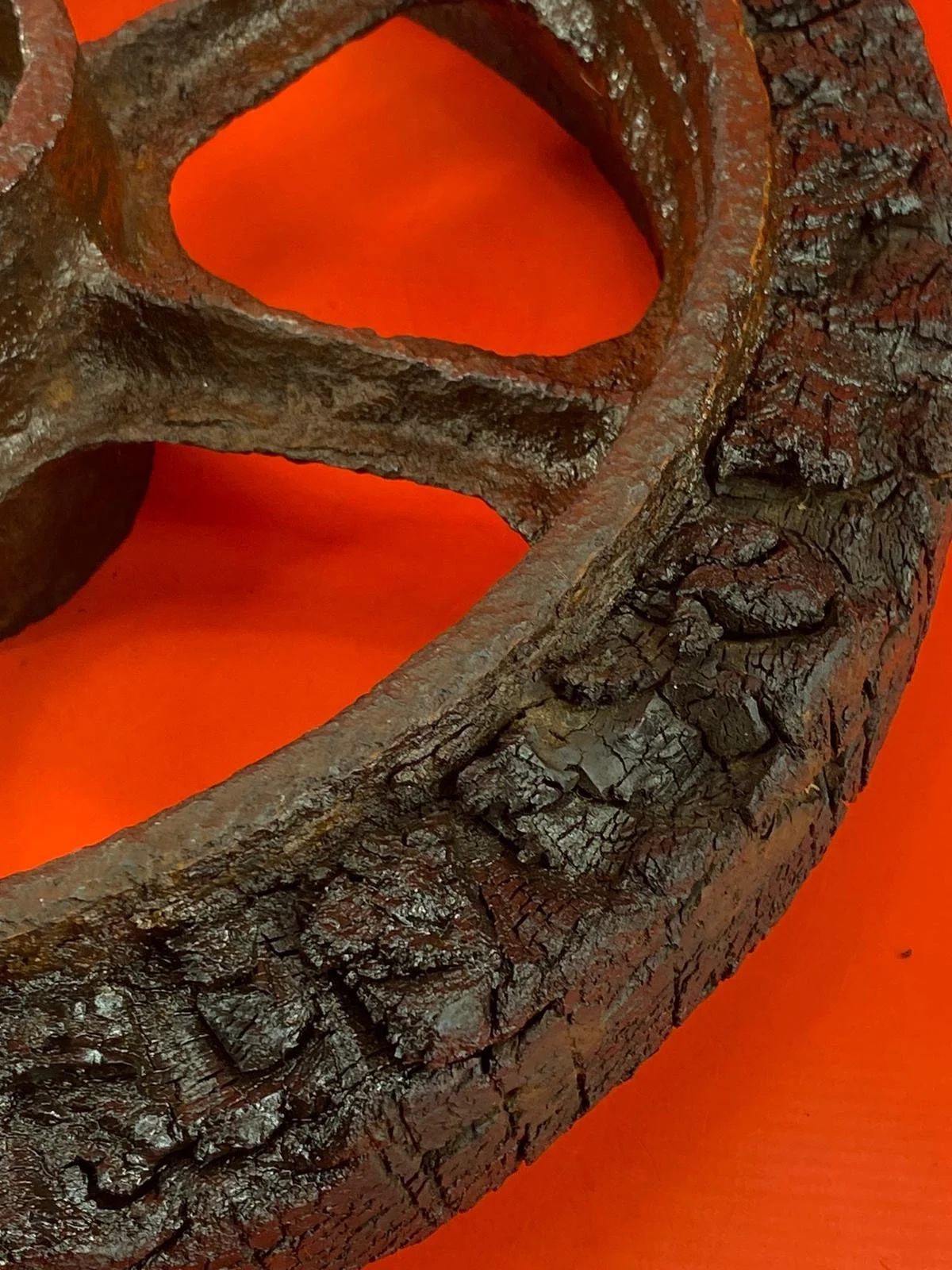 Image 5 of 8
Image 5 of 8

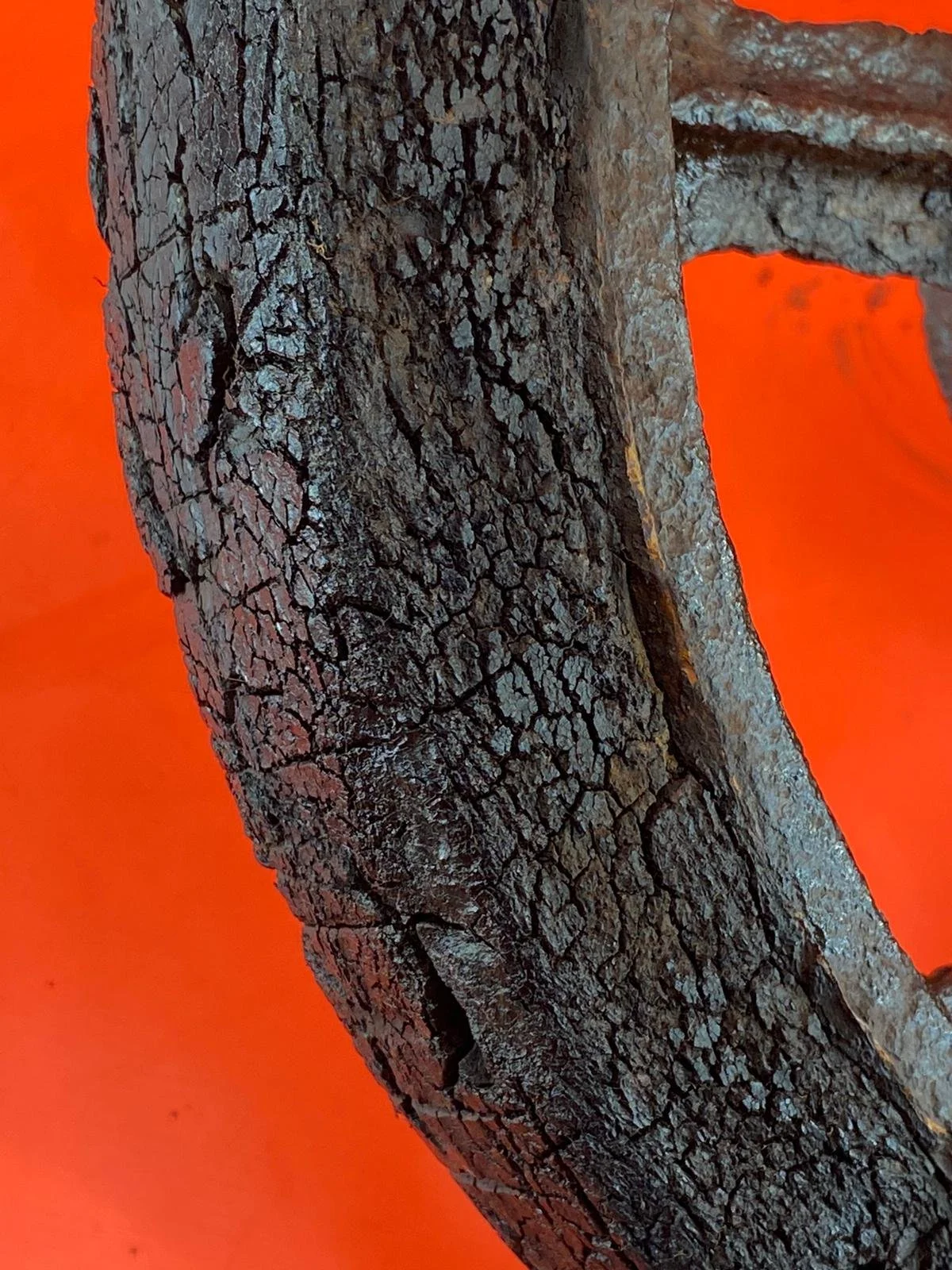 Image 6 of 8
Image 6 of 8

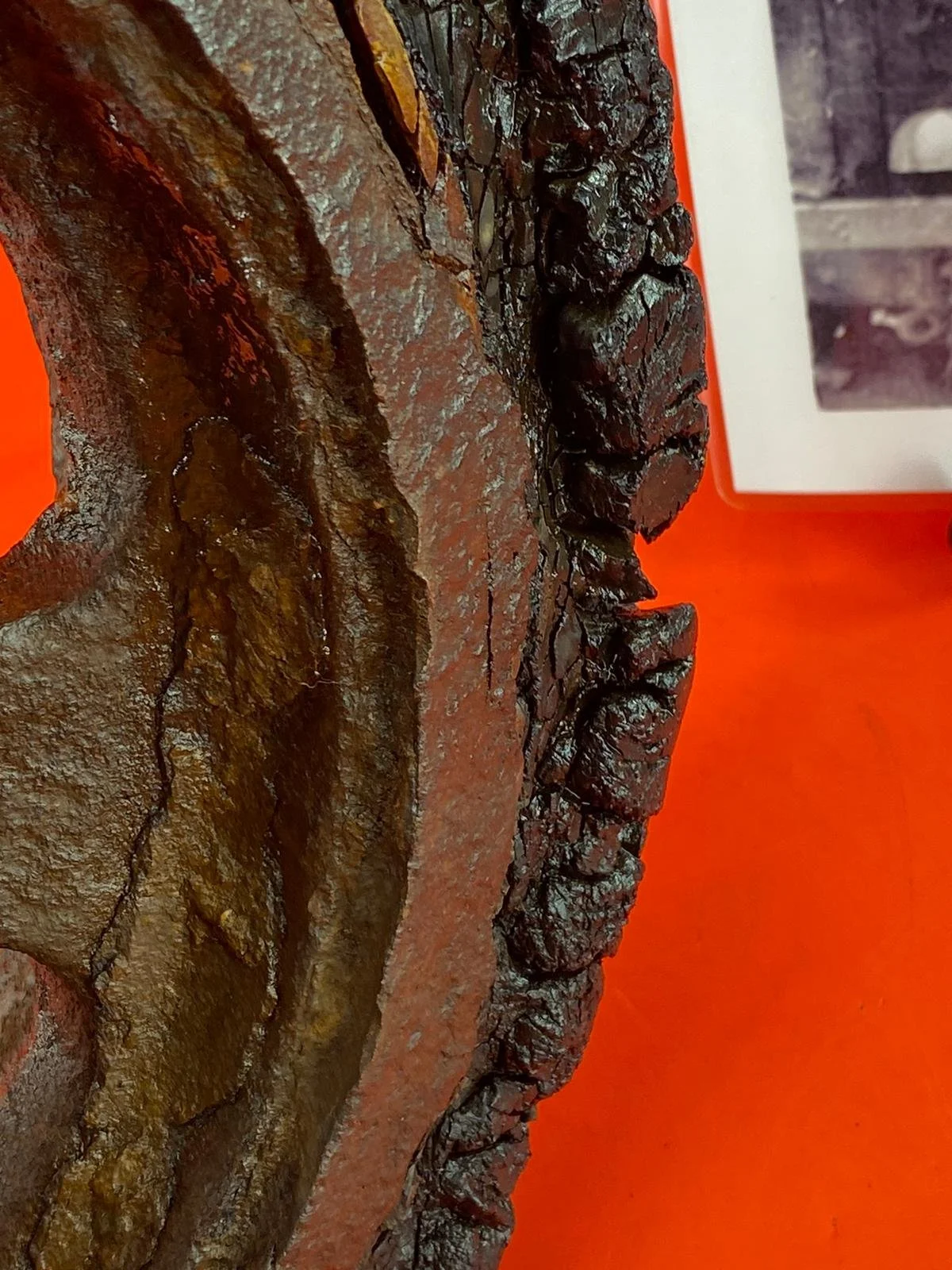 Image 7 of 8
Image 7 of 8

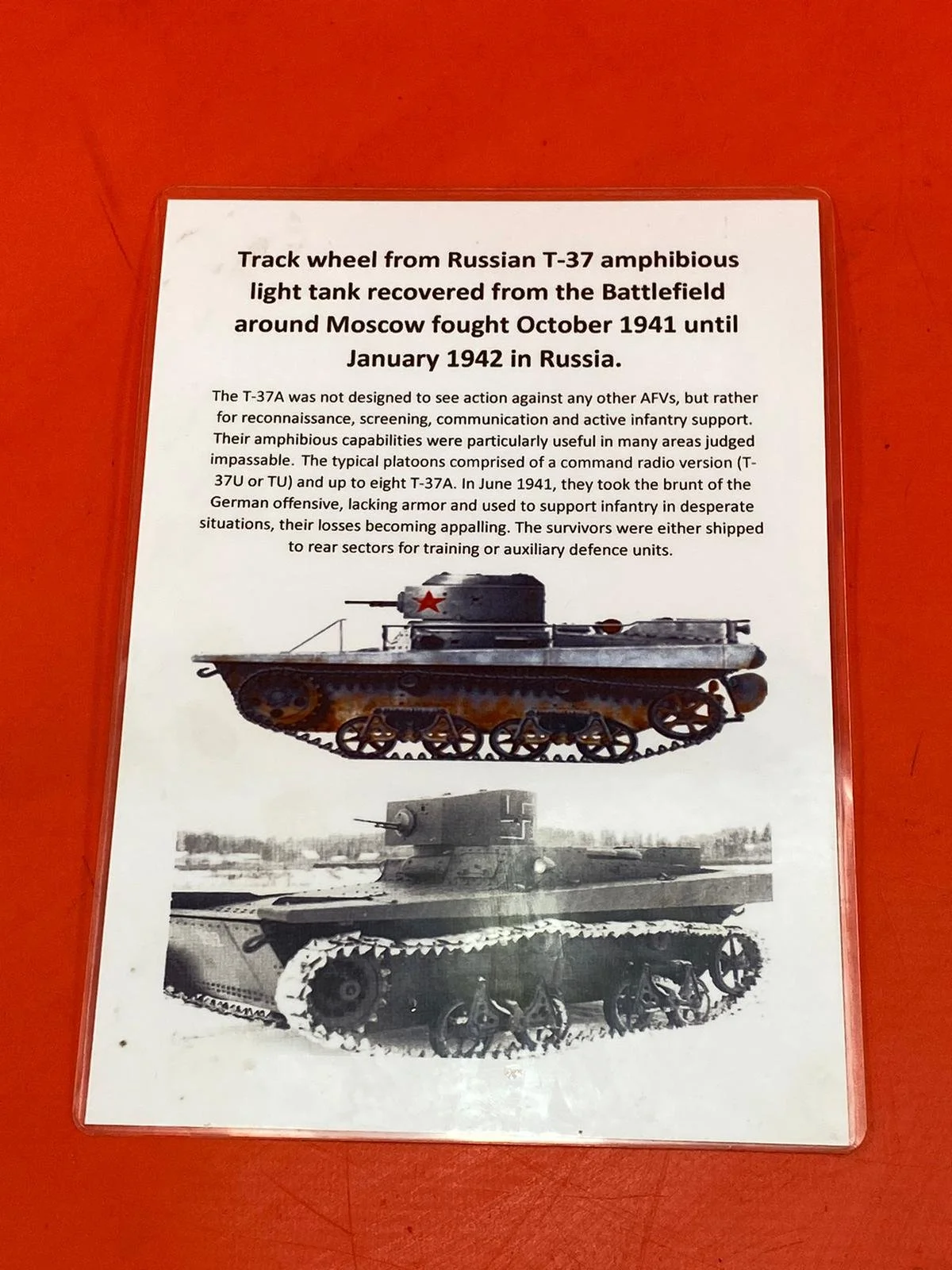 Image 8 of 8
Image 8 of 8









Rare to find track Wheel from Russian T-37 amphibious light tank recovered on the battlefield around Moscow, fought from October 1941 to January 1942.
This is a rare track wheel from a Russian T-37 amphibious light tank. The wheel is complete, although the tyre is missing. The steel wheel retains some original paint, though limited, and is a solid relic with no major damage. Rust is present but it is stable, not breaking apart, and the rubber tyre is solid with its black colour intact. No maker markings are visible. The wheel has been carefully cleaned, making it ideal for display or any collection. This is a particularly rare piece, as the T-37 was produced in small numbers compared to other Russian tanks.
The wheel was recovered from the site of a destroyed T-37 on the battlefield around Moscow, fought from October 1941 to January 1942. It comes with an A5 laminated information card.
The T-37A was not intended for combat against other armoured vehicles, but rather for reconnaissance, screening, communication, and infantry support. Its amphibious capabilities were particularly useful in areas considered impassable. Typical platoons included a command radio version (T-37U or TU) alongside up to eight T-37A tanks. In June 1941, they bore the brunt of the German offensive. Lacking armour and used to support infantry in desperate situations, their losses were severe. Survivors were often reassigned to rear sectors for training or auxiliary defence units.
This is a rare track wheel from a Russian T-37 amphibious light tank. The wheel is complete, although the tyre is missing. The steel wheel retains some original paint, though limited, and is a solid relic with no major damage. Rust is present but it is stable, not breaking apart, and the rubber tyre is solid with its black colour intact. No maker markings are visible. The wheel has been carefully cleaned, making it ideal for display or any collection. This is a particularly rare piece, as the T-37 was produced in small numbers compared to other Russian tanks.
The wheel was recovered from the site of a destroyed T-37 on the battlefield around Moscow, fought from October 1941 to January 1942. It comes with an A5 laminated information card.
The T-37A was not intended for combat against other armoured vehicles, but rather for reconnaissance, screening, communication, and infantry support. Its amphibious capabilities were particularly useful in areas considered impassable. Typical platoons included a command radio version (T-37U or TU) alongside up to eight T-37A tanks. In June 1941, they bore the brunt of the German offensive. Lacking armour and used to support infantry in desperate situations, their losses were severe. Survivors were often reassigned to rear sectors for training or auxiliary defence units.
